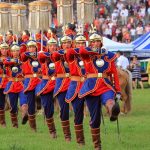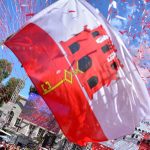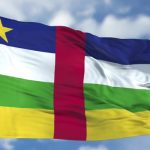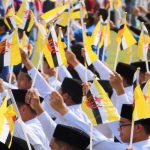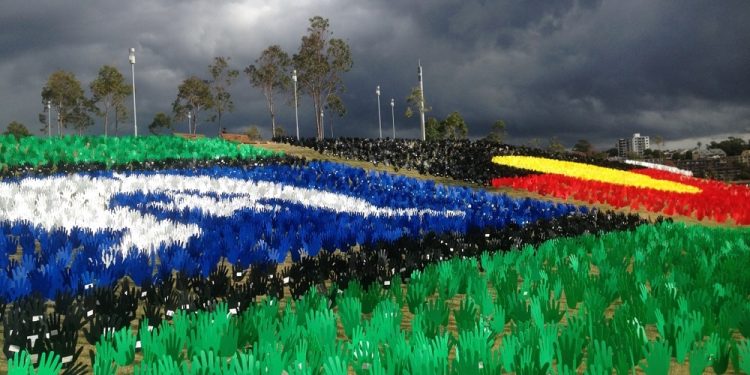
Reconciliation Day
Held on the first Monday on or after May 27th, Reconciliation Day is a public holiday in the Australian Capital Territory. It marks the anniversary of the 1967 referendum—a referendum that enabled the creation of laws for all Torres Strait Islander and Aboriginal people and to allow them to be included in the census. Many Aboriginal people considered this referendum—the only way to make changes to Australia’s constitution—necessary for them to gain formal recognition from their government that they were indeed a part of the country.
The History Of Reconciliation Day
At the beginning of the 20th century, in 1901, Attorney-General Alfred Deakin provided his legal opinion on the meaning of Section 127 of the Australian Constitution. This section excluded Aboriginal natives from being counted when assessing the numbers of the people of an Australian state or commonwealth. As a result, the census of each year up until 1967 included a question about the Aboriginal race to establish the numbers of “full-blooded” and “half-blooded” people. Full-blooded Aboriginals were then removed from the official population figure as deemed necessary by the interpretation of Section 127.
Almost immediately after the interpretation of Section 127 to the 1967 referendum, activists of both Indigenous and non-Indigenous backgrounds worked tirelessly to give Aboriginals the rights they deserved. During the 1944 referendum, some small changes were made, but nothing significant. It wouldn’t be until the 1960s, when the negative treatment of Indigenous workers came to light, that real change even became possible. The 1967 referendum brought the Australian government closer to reconciliation, but there are still major issues that need to be addressed.
Interesting Facts About Australia
We’ve discovered a lot of interesting facts about Australia, and we would like to now share those facts with everyone reading about this holiday today. Let’s take a quick look at them before we move on to finding out how Reconciliation Day is observed.
- In 2021, the population of Australia was approximately 25.5 million people.
- The capital of Australia is Canberra.
- The national flower of Australia is the Golden Wattle.
- Australia’s national gemstone is the opal, and its national symbol is the Commonwealth Star.
- National animals include the kangaroo and the emu.
- Australia Day falls on January 26th.
- Australia is surrounded by the Indian and Pacific Oceans.
- Australia is the smallest of the seven continents, but some people consider it not to be the smallest continent but to be the largest island in the world.
Observing Reconciliation Day
This day is a public holiday in the Australian Capital Territory but isn’t a public holiday in the rest of Australia. From 2018 to today, this holiday marks the start of Reconciliation Week in Australia—a 7-day nationwide observance. The purpose of this week is to give people across Australia the chance to focus on reconciliation between Indigenous and non-Indigenous Australians. This holiday is observed each year with a different theme. In 2021, the theme was “More than a word. Reconciliation takes action.” The hashtag #ReconciliationDay is also used on people’s social media accounts on this day.
